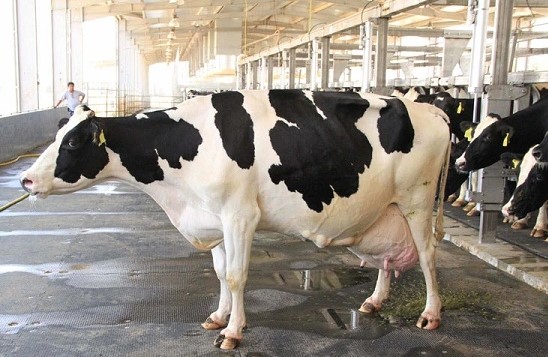Githunguri Constituency in Kiambu County is one of the leading milk-producing areas in Kenya, with some farmers in the region earning big from the venture, thanks to a ready market from various processors, including the Githunguri Dairy Farmers Cooperative Society, the producer of the popular Fresha brand.
Mary Kimani, a co-director of MK Dairy and Modern Cowshed Consultancy, is among the smallholder farmers in the region making it in dairy farming.
In an interview with Kilimo Faida TV, Mary revealed she ventured into dairy farming five years ago, inspired by her parents, who have been in the venture for 30 years.
She credits herself for being instrumental in introducing modern farming techniques into the farm, which have scaled operations, ultimately leading to increased milk production.
“I have seen a lot of change, and the farm has really grown tremendously in terms of milk production. When I joined my parents, their highest production was 18 litres; currently, we are doing up to 40 litres,” she said.
High-value forage helping dairy farmers cut feed costs by 60 percent
According to her, one of the game-changer innovations is modern cow sheds, which she says ensure comfort for the animals.
Unlike some farmers who use mattresses as bedding, MK Dairy has embraced sawdust, which Mary says is safer in terms of preventing cow diseases.
“From my experience, sawdust is the best because the cow is able to sleep in a dry, warm place. But for the mattress, if a cow urinates and the mattress is not changed on time, they may contract diseases such as mastitis due to that wetness,” she explains.
MK Dairy has also invested in feed formulation equipment, including chaff cutters, which aid feed formulation to keep production costs low.
The 20 milking cows on the farm feed on molasses and Napier grass. However, there are special meals served to the animals at each growing stage to boost production.
“When we serve our heifers with the right sexed semen, there is a way we take care of it to achieve a high quantity of milk. Once a cow is in calf, we feed it a mixture of dairy meal, maize germ and bran, and salt supplement,” Mary explains.
“After 7 months, we start steaming, whereby we give it a dairy meal alone and a salt supplement,” she adds.
The cows are fed thrice a day, in the morning, afternoon, and evening, just immediately after milking. Clean water is also provided in clean troughs.








